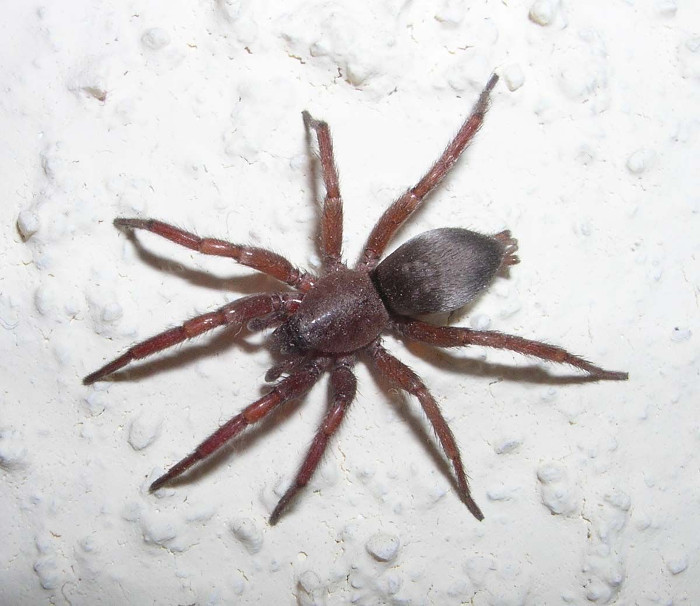Spiders can release silk to neutralize prey
Without waiting for the trap to fall, Gnaphosid spiders choose a direct projectile to control the target.
New research published in Experimental Biology by Jonas Wolff, a scientist at Macquaria University in Australia, said Gnaphosid spiders are actively launching silk while hunting instead of meshing for prey to trap , according to National Geographic. In the video posted on YouTube on June 23, Gnaphosid spiders release silk to lock the movement of home spiders.
According to the study, more than half of all Gnaphosid spiders release silk to neutralize their prey and mouth. In the remaining cases, they attack directly.

Gnaphosid Spider.
Gnaphosid spiders have fewer silk glands than other spiders, but these glands are larger, allowing them to release durable, elastic filaments as immobilized prey, even with larger prey. This attack is both more effective and helps reduce the risk of spiders.
Gnaphosid spider silk is less sticky than silk of other spiders. However, their silk coating can withstand 750 times more pressure than artificial glue.
"Gnaphosid spiders are the most diverse and most widespread spider family, their ecological success may be related to how they use silk , " Wolff said.
However, because of the large silk glands, Gnaphosid spiders cannot create solid anchor points commonly found in other spiders . Their silk nets are therefore easily torn. "This is a good example of the opportunity cost when the animal evolves a very effective bait mechanism and trade off by reducing the traction of silk found in all other spider species," Wolff said.
- Mechanism to catch spooky prey of spiders
- Wolf spiders have the ability to release silk from ... legs
- This is why fragile spider silk is 5 times stronger than steel
- Spiders use 'bird prey'
- Spiders use ants
- Giant silk spider
- Why do spiders spread silk?
- Use 'natural enemies' to replace pesticides
- Spiders can also spread silk in the universe
- The world's rarest silk weaves from the silk of millions of spiders
- Will there be artificial spider silk like Spiderman's?
- Natural disasters must also be defeated by the intelligence of spiders in Australia
 Animal 'suffering' after hibernation
Animal 'suffering' after hibernation Why do goats climb well?
Why do goats climb well? Scientists were surprised to see chimpanzees eating turtles
Scientists were surprised to see chimpanzees eating turtles Giant catfish died deadly due to drought in Thailand
Giant catfish died deadly due to drought in Thailand